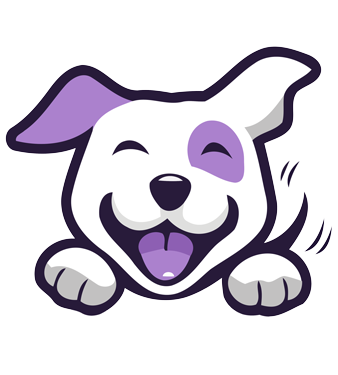news
Excessive biting
To people and by puppies
If there exists any kind of typical behavior of the puppy in his first weeks of life, this consists in combining long periods of rest with other of wild activity.
In spite of the great power of adaptation to a new environment that the dog has, in this first stage of his life the ludic component and eagerness to discover stand out.
The dog must know his new home and to establish the most direct contact as possible with his new parents and brothers. This contact will be done using what in that instant, are for him his hands, with which he holds or touches with more quickness than anything else: his mouth.
If the relief that nibbling can produce to him, as a consequence of the teething, we add that of touching all of the new members of his new family, the same as he used to do with its brothers in the litter, we will find ourselves before a situation that not for being usual must be tolerated.
Leaving aside the filthiness of this habit, you have to take into account certain considerations.
In first place, the habit reinforces the pattern. With this we mean that if you tolerate this attitude from the dog, he will repeat it more frequently each time. Also, you have to have in mind that the animal, be it a pup or not, isn’t conscious in occasions about the pressure his jaws can exercise.
Otherwise, in many cases, at the time of being injured by a bite, this can be more serious if the person withdraws the bitten area.
Before this type of problem, and depending on the area of the body in which you are bitten by the dog, we can create two kinds of conditioned reflexes, two negative conditionings: by acoustic aversion or by contact.
Though we can combine both, the second is recommended for hand biting, and the first for the rest of the body.
For contact aversion, we will have to acquire some type of substance (pepper, vinegar, etc.) that once extended on the area you wish to protect, will result unpleasant for the dog when entering in contact with it, so much for the smell as for the taste. This way, we will cause a rejection in the dog.
The acoustic aversion, that is done by emitting a sudden and intense sound will be in charge of another person that will act as your collaborator. One must attain from the dog the rejection for maintaining the attitude that is the object of the treatment. By repeating this treatment in a systematic way, the dog will associate his intentions of biting with the hearing from the affected person. In consequence, before the fear that this could cause him, he will cease biting.
As associated measures, you will observe the following:
- Never, under no concept, must you respond to the biting with rude movements of the affected area. If you do this, there is more risk of producing an injury and adding to it the increment of answer from the dog. He will understand it as an initiation to play and will increase his anxiousness. Even if we use a serious tone of voice, the dog will show himself totally indifferent. He only wishes to have more attention, be it for good or for bad.
- You mustn’t try to distract the dog with a soothing tone of voice or caressing him, because the animal will associate biting to affection, and will use this peculiar way of asking under any kind of situation and to anyone present, This can cause that for not knowing, a strange person might get frightened (or to frighten the dog) and suffer an accident.
- Besides the already mentioned, if you have to give an answer before the dog, we will limit ourselves to emit a pitiful scream while standing completely still. This will cause for the dog to stop the action immediately. In a litter, when interacting the pups among themselves, the mouth is the part of the body that they use more: if given the case, and as a consequence of a bite, pup will get hurt and will howl, the pup that causes the injury will stop its jaws pressure immediately.

